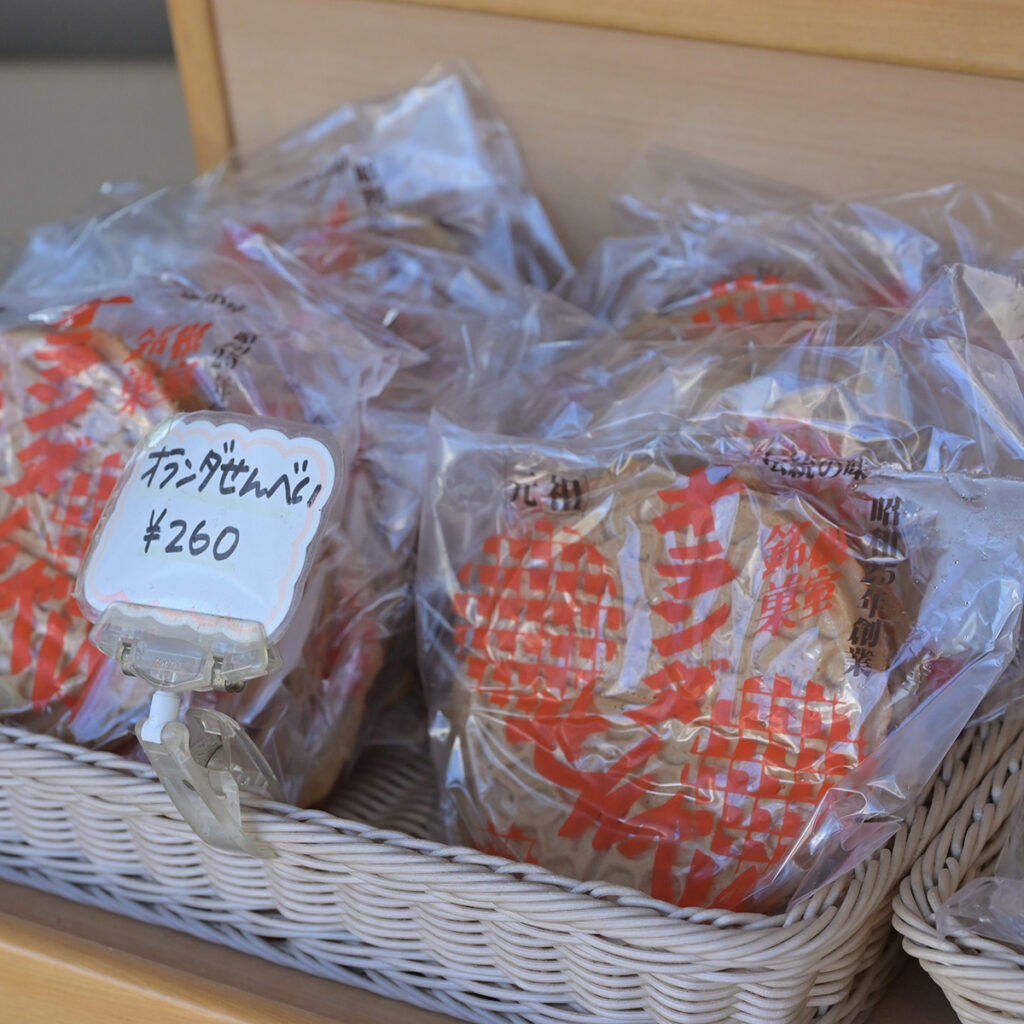▶Cape Ochiishi. You can walk right to the end of the cape as there’s a boardwalk and footpath near the point.

Things to Do
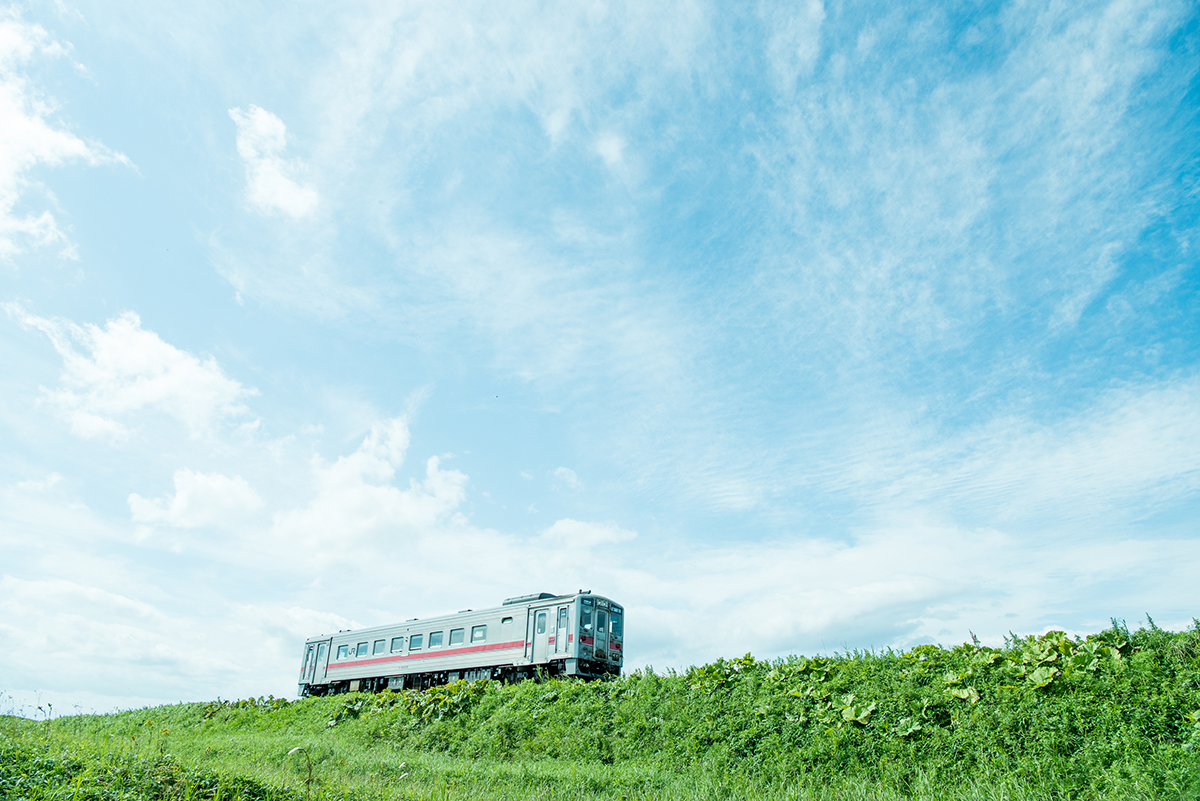
Riding Japan’s easternmost railway line: a train journey with spectacular scenery right outside your window
It’s good to travel by train once in a while. Their true charm lies in the scenery you see passing you by as you gaze out the window. There’s something about the way you let time slip away and soak up the views that makes your memories of your journey even richer. For this journey, I decided to take what’s affectionately known as the Hanasaki Line to Nemuro. This line is Japan’s easternmost railway, running from Kushiro to Nemuro. Let’s sit back and enjoy the views along the way to our destination. In this article, I’ll take you along for the 50-minute ride from Attoko Station to Nemuro Station.
*The content of the article is information as of 2023.
Our journey begins at Attoko Station, the gateway to Nemuro.
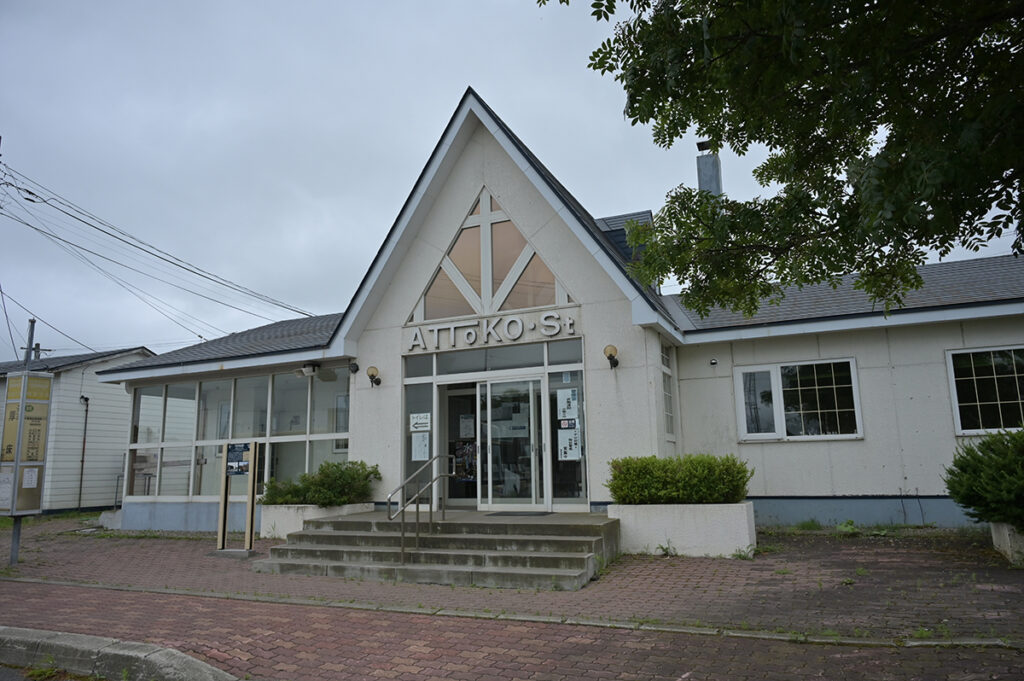
The Nemuro Main Line is Hokkaido’s longest railway line. The part that runs between Kushiro and Nemuro is known as the Hanasaki Line. There are 12 services running on the up and down lines every day. To get to Nemuro Station, I decided to take the 10:04 am train from Attoko Station, the first station within the Nemuro city limits after entering from the neighboring Hamanaka town.
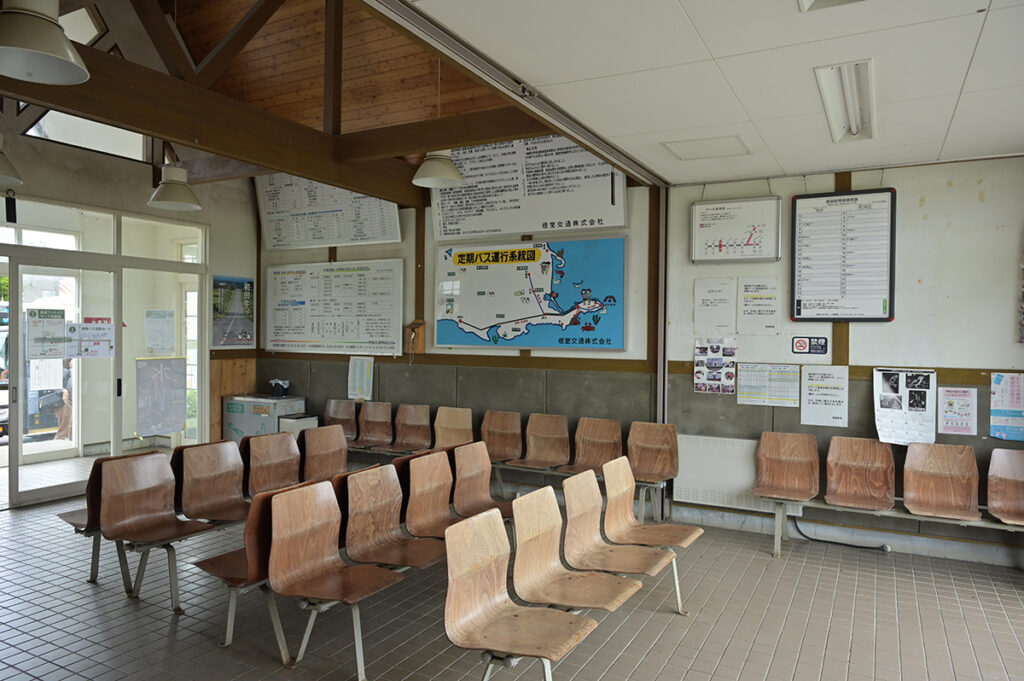
The station has no ticket gates, and ticket machines for that matter. You step out of the waiting room and there you are on the platform. Unlike most ticketing systems, here we can pay the fare at our destination, Nemuro Station.
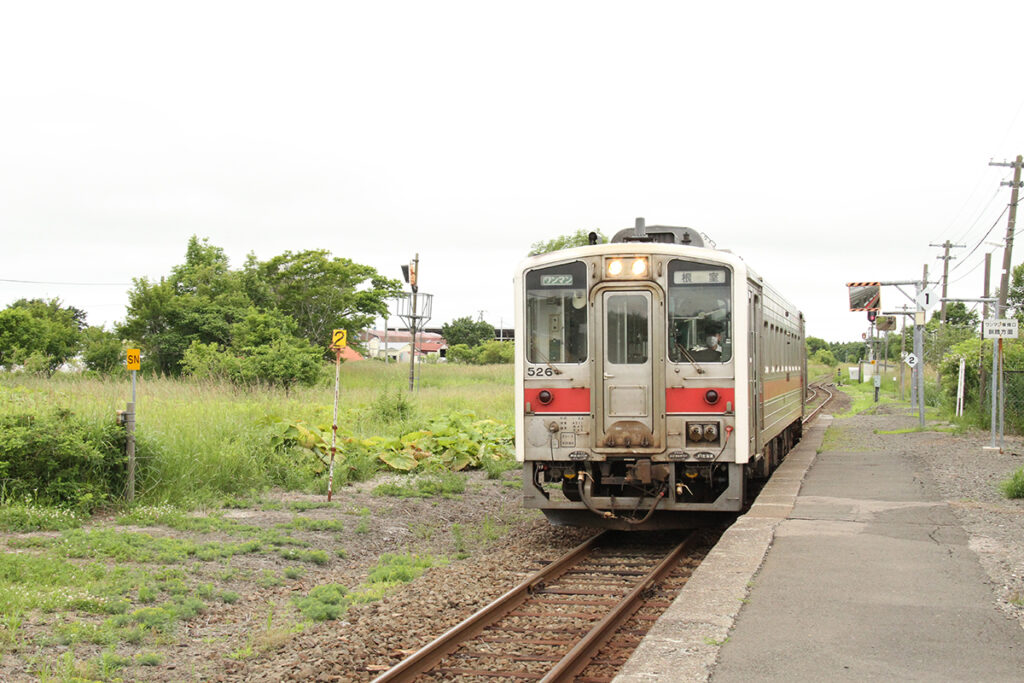
After waiting a few minutes, I saw a train quietly making its way towards the station. It was time to board the Hanasaki Line. I took a numbered ticket and boarded the train. Inside I saw tourists with big suitcases and people dressed for the great outdoors. Everyone was sitting by the windows, camera in hand—it was obvious that they were all enjoying the views.
On the train: a spectacular show of changing scenery through the window
Even though I was quite a way from the front of the line, I was lucky enough to score a forward facing window seat on the right side of the car. There’s a little secret about choosing your seat on the Hanasaki Line: you get the best views if you sit on the right side on the down line or the left side on the up line.
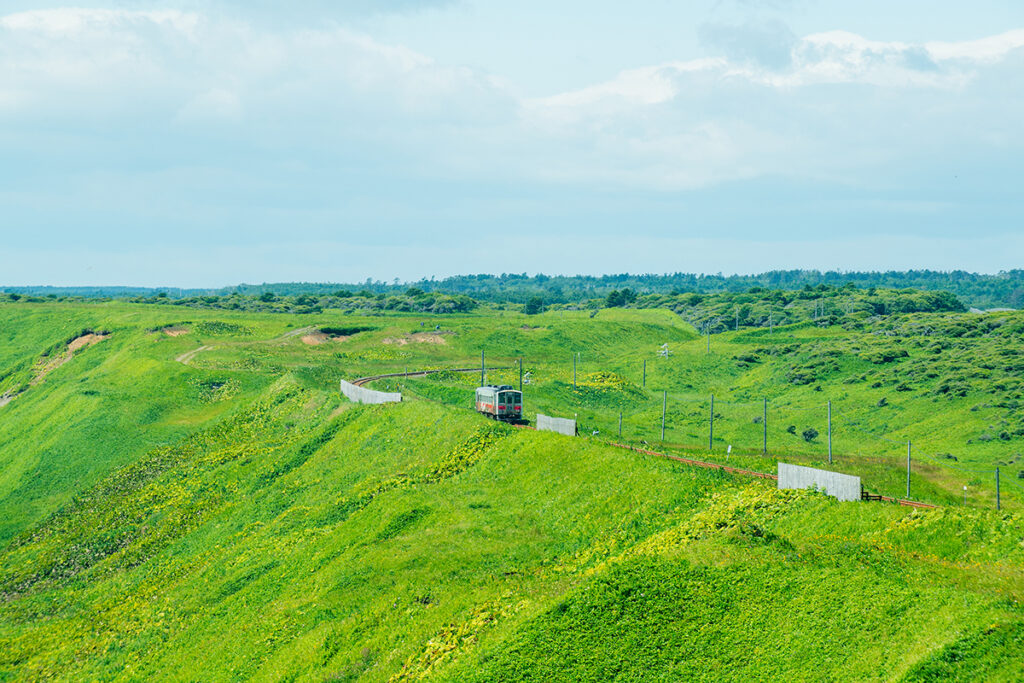
The next stop was Bettoga Station. In between Attoko Station and Bettoga Station, there used to be another station called Hattaushi, located in the middle of a wooded area. This station is no longer in use so there’s a longer gap between stations than elsewhere.
Not long into my journey, I caught a glimpse of a red-crowned crane standing still in a pasture. The black and white bird stood out against the field of green. I only saw the crane for a brief moment before we were plunged into a deep forest. The train was passing so close to the trees that it seemed like if you reached a hand out of the window you could touch the leaves.
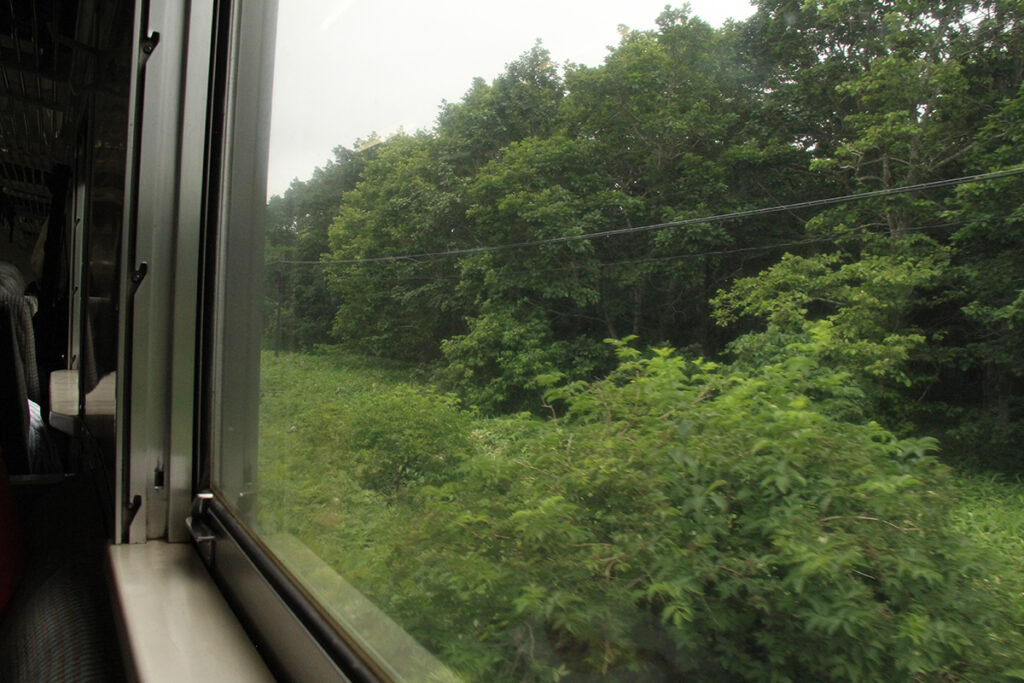
Suddenly the shrill sound of the steam whistle resounded through the air. This was to scare off any deer— right after that, I saw a startled deer running away. The deer looked really cute from behind, with its white bottom bouncing in the air as it bounded away.
The train drivers on the Hanasaki Line offer their passengers a special treat. When we had passed Bettoga Station, our train driver made an announcement: “We will be slowing down here. Please enjoy the view from the windows.” After a little while, the view suddenly opened up, revealing the coastline and a long, narrow piece of land stretching out into the Pacific Ocean. This was Cape Ochiishi, one of the best scenic spots along the Hanasaki Line. At this point the atmosphere inside the carriage was electric—there were “ooh”s of amazement and the sound of camera shutters going off.
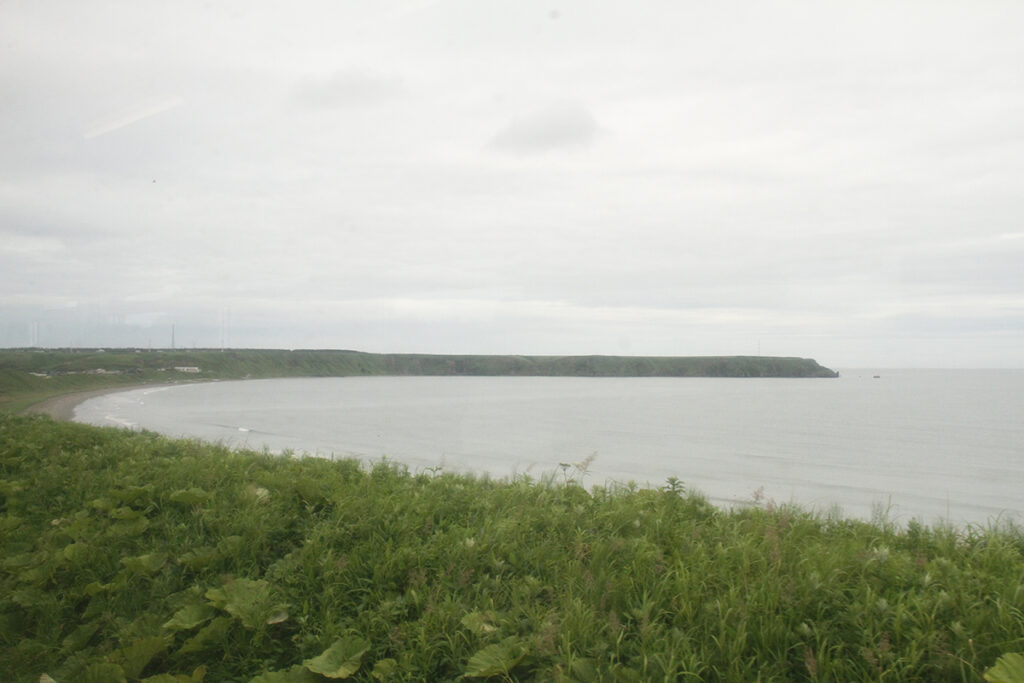
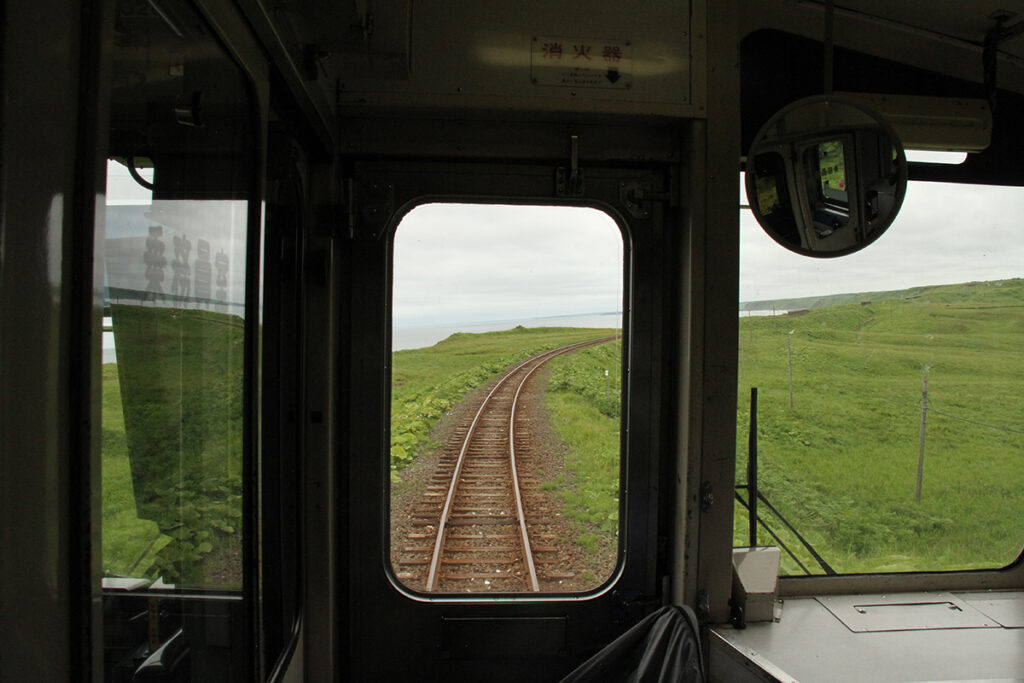
The train windows offer a glimpse into Nemuro’s industries
The fishing industry has long been active in the Ochiishi Area, where they produce various seafood products such as salmon, trout and kombu (kelp). We started passing fishing villages as we traveled from the cape to Kombumori Station. Around here I was curious about the wide gravel areas that would flash by the windows from time to time. Just as I was trying to figure out what these areas were, I saw long, thin, black strips laid down in neat rows. I realized that this is the summer tradition of sun-drying kombu. It looked like the kombu caught that morning was promptly being laid out to dry. Kombu harvesting season is from July to September. If it’s a sunny day, you can see the people laying down the kombu to be sun-dried.
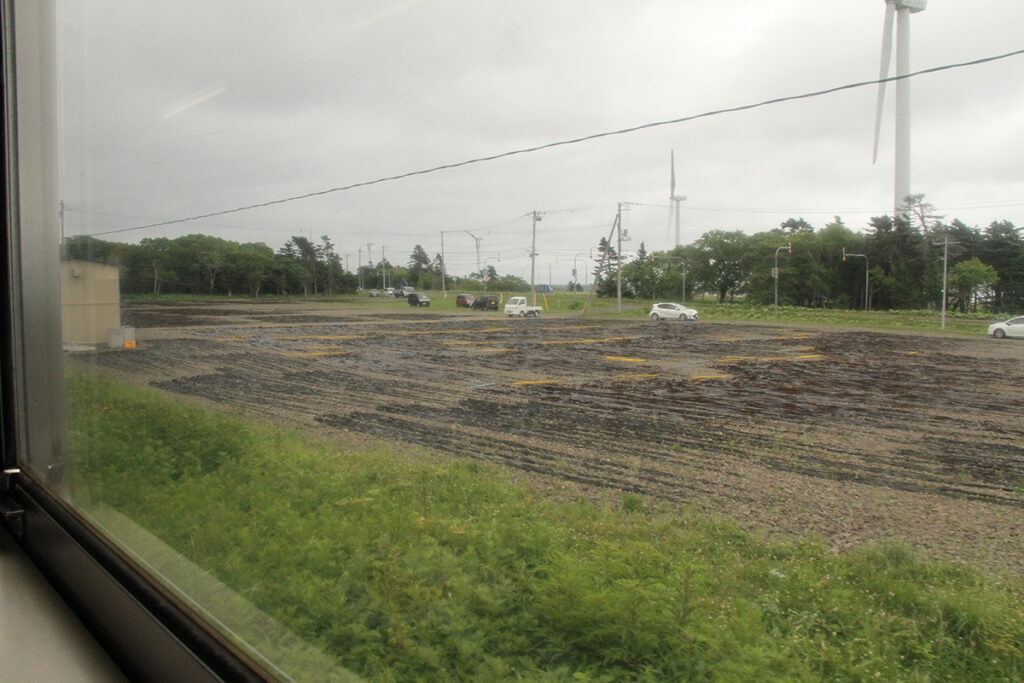
As this is a place where kombu is harvested, I wondered if that is what inspired Kombumori Station’s name, which means “a serving of kombu” in Japanese. I looked it up later and found out that the name is from the Ainu word kompu-moy, which means bay of kombu. It seems like this has been a kombu harvesting site since ancient times.
Entering the town: we’ve reached our destination in no time at all!
After leaving Nishi-Wada Station and passing various pastures where dairy cows and horses were grazing, the view was replaced with houses and buildings dotted here and there. It felt like we were approaching an urban area.
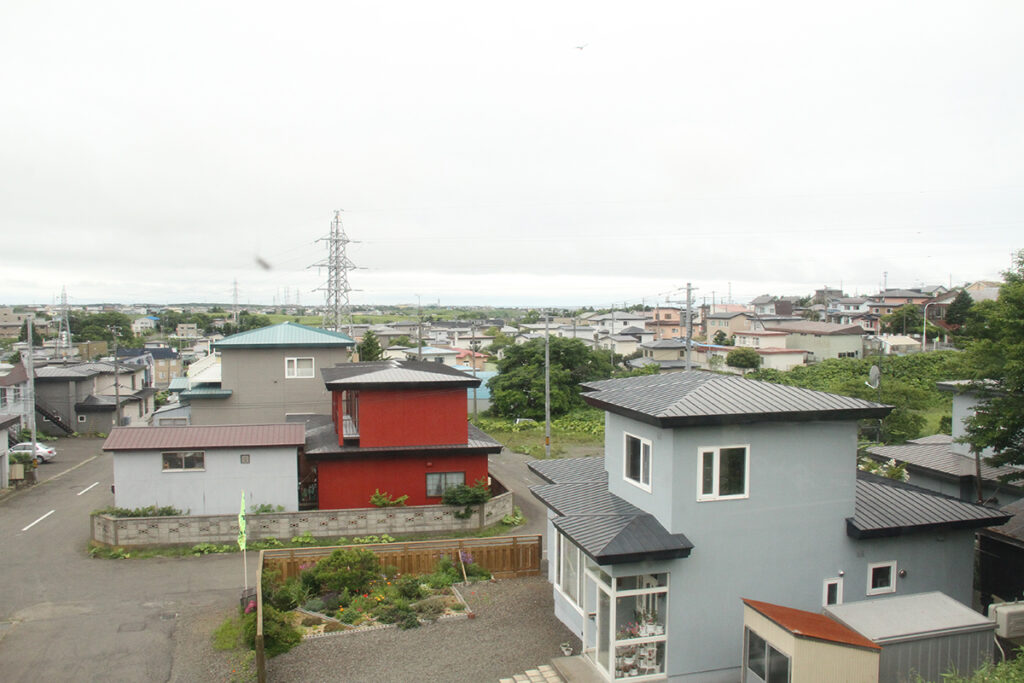
Located in a residential area, Higashi-Nemuro Station is Japan’s easternmost station. There’s a sign on the platform that says “Japan’s easternmost station” in Japanese. Higashi-Nemuro Station was opened in 1961 at the request of residents in the area, which had grown since the Hanasaki Line was opened in 1921. Even these days, the station becomes crowded with commuting school students in the mornings and afternoons.
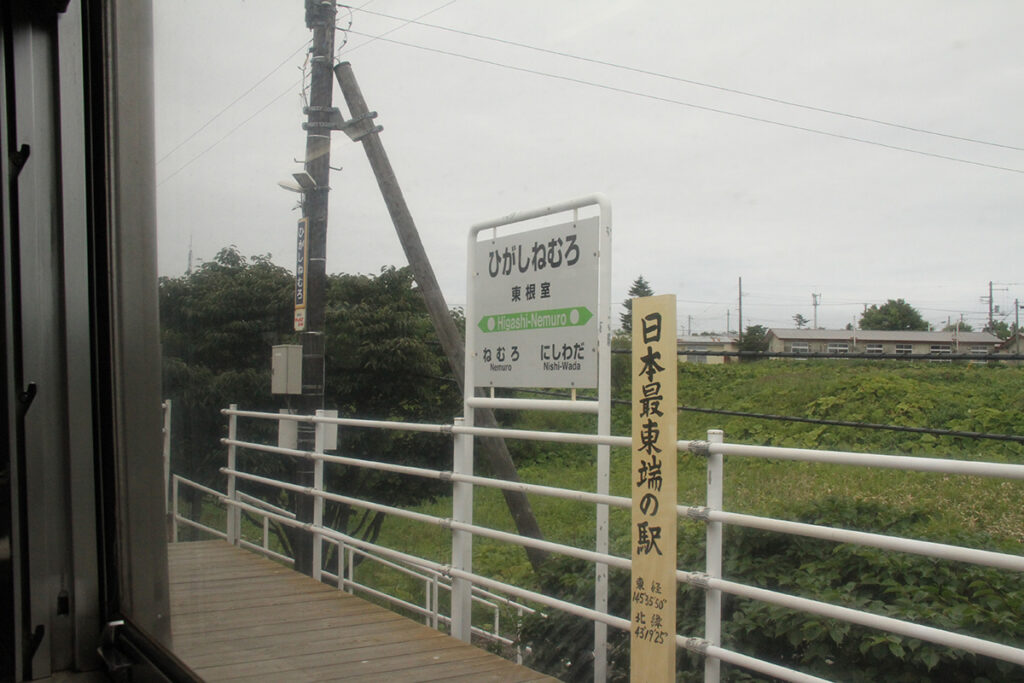
▶Photo taken from inside the train. On the down line, this view is best seen from the seats in the back.
After leaving Higashi-Nemuro Station, the train took a large turn towards the west. We had arrived at the final stop, Nemuro Station.
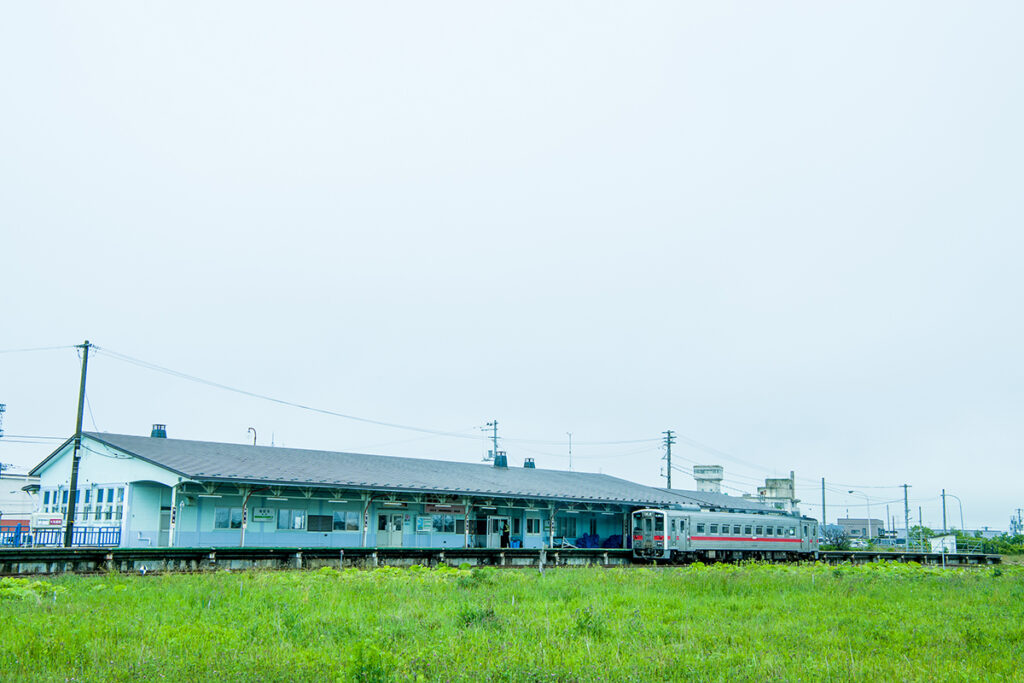
This journey on Japan’s easternmost railway took me past some classic Hokkaido scenery—vast pastures, beautiful forests colored by deep green trees, the breathtaking ocean and glimpses into people’s lifestyles, which are steeped in history. I was glued to the window, trying hard not to miss any of the views passing by. So much so that before I knew it, the 50-minute train ride had come to an end. My fellow passengers all looked very happy with their experience. Of course, our arrival at Nemuro Station wasn’t the end of our journey! Everyone disembarked with a pep in their steps, excited about the adventures that awaited them.
It was almost 11:00 am. Although it was a little early, I decided to grab a meal because the restaurants in front of the station were about to start serving lunch. I thought I might as well make a plan for what to see and do in Nemuro for the rest of the day while eating lunch.
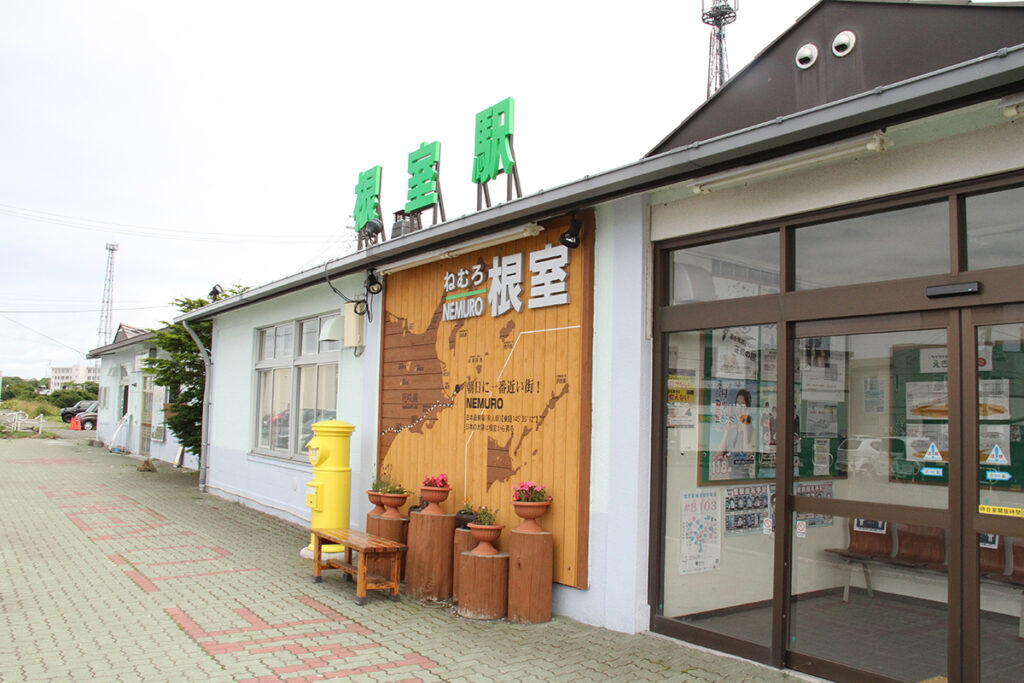
Related Articles
#souvenirs #localfood
#olandasenbei #souvenirs #snacks

Life and creativity in Nemuro: jewelry designer Hiromichi Furukawa speaks about the charms of Nemuro
#jewelry #charmsofnemuro




